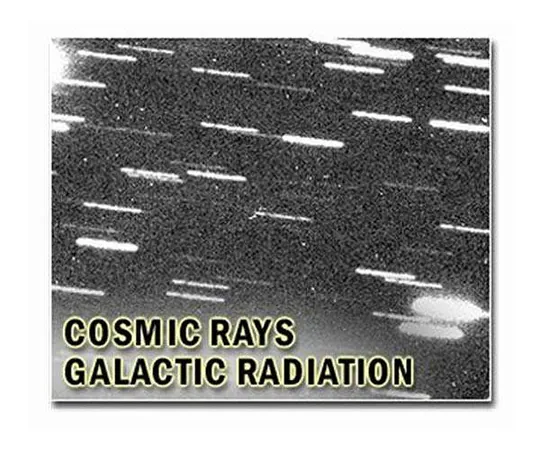
Unveiling the Enigmas of Particle Physics: Italy's Gran Sasso Lab at the Forefront of Discovery
2024-11-22
Author: Daniel
Deep within the majestic Apennine mountains, the Gran Sasso National Laboratory in Italy serves as a crucial site for groundbreaking research in particle physics. Here, a diverse consortium of global scientists is on a mission to tackle some of the most profound mysteries of the universe. Notably, California Polytechnic State University (Cal Poly) physics professor Thomas Gutierrez is at the helm of a dynamic team enriched by a generous $340,000 grant from the National Science Foundation (NSF).
The objective of this NSF-funded initiative is to facilitate travel for Cal Poly students while involving them in pivotal experiments exploring nuclear decay. At the heart of this research is an inquiry into radioactive decay—a process wherein unstable atomic nuclei emit energy. This work seeks to address the enduring question of why our universe is predominantly composed of matter, a puzzle that has perplexed scientists for generations.
“If we can discover something that challenges the current laws of physics, we have a monumental breakthrough,” explained Gutierrez. He underlined the search for a phenomenon known as neutrinoless double-beta decay, a theoretical process that defies the conventional understanding of physics. Should this decay be detected, it could provide critical insights into the nature of neutrinos and the matter-antimatter disparity in the cosmos.
The exploration is anchored in the CUORE program, now evolving into the CUPID (CUORE Upgrade with Particle Identification) initiative. This cutting-edge research could potentially establish that neutrinos are their own antiparticles—an idea that is pivotal in understanding why matter exists when it theoretically should not.
The investigative framework involves tellurium dioxide crystals, where a third of the nuclei are the specific isotope required for this ground-breaking research. By meticulously measuring the energy produced during their decay, researchers aim to unlock secrets that could pave the way for a deeper understanding of the universe's fundamental principles.
One of the lab's most extraordinary features is its defense against cosmic interference, with a staggering kilometer of rock shielding it from cosmic rays and natural radiation. The facility operates at an incredible temperature of 10 milliKelvin (-441.74°F), setting an unparalleled standard for precision in observing particle behavior.
Cal Poly students play an indispensable role in this ambitious project. Among them is physics major Reagen Garcia, who supervises remote monitoring shifts and has gained experience in detector testing at Yale University's Wright Laboratory, a crucial collaborator in the CUPID project. "This grant is not just a financial boost; it provides invaluable opportunities for students to engage directly in research," Garcia noted. As she reflected on her recent experiences at Yale, she expressed immense gratitude: “Contributing to intricate aspects of experimental design has been the most thrilling and rewarding experience of my academic journey.”
As this team continues its work at Gran Sasso, the world watches eagerly. Could they be on the brink of a revelation that redefines our understanding of the universe? The quest for knowledge in particle physics promises not only answers but also raises new questions about our existence and the very fabric of reality. Stay tuned—this is just the beginning of a remarkable journey into the unknown!

 Brasil (PT)
Brasil (PT)
 Canada (EN)
Canada (EN)
 Chile (ES)
Chile (ES)
 España (ES)
España (ES)
 France (FR)
France (FR)
 Hong Kong (EN)
Hong Kong (EN)
 Italia (IT)
Italia (IT)
 日本 (JA)
日本 (JA)
 Magyarország (HU)
Magyarország (HU)
 Norge (NO)
Norge (NO)
 Polska (PL)
Polska (PL)
 Schweiz (DE)
Schweiz (DE)
 Singapore (EN)
Singapore (EN)
 Sverige (SV)
Sverige (SV)
 Suomi (FI)
Suomi (FI)
 Türkiye (TR)
Türkiye (TR)